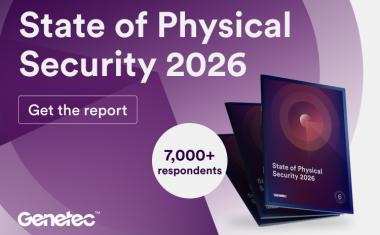Campus Security: Secure Student Accommodation
Given the choice, would you rather run security at a bank vault or at student halls of residence? At least the bank job is straightforward: keep the money inside, and everyone else...

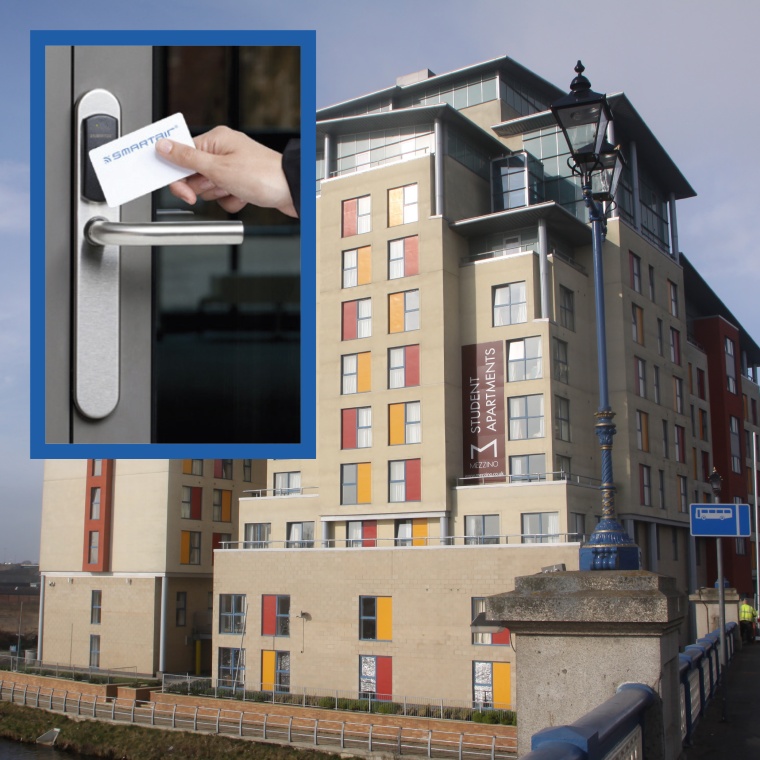
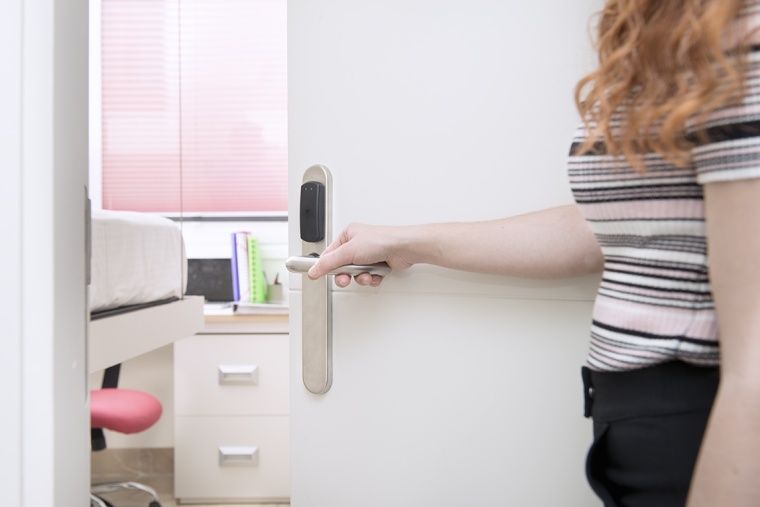

Given the choice, would you rather run security at a bank vault or at student halls of residence? At least the bank job is straightforward: keep the money inside, and everyone else out. If only protecting hundreds of young people was so easy.
Student accommodation blocks are usually large, with high traffic moving from bedrooms to common areas, canteens and libraries. A single resident travelling between her room, a study area, the gym and a couple of trips offsite would use secure doors 15 times a day. In a residence housing just 200 students, that’s 3,000 daily events for the access system to handle.
Rapid student turnover puts a further administration burden on facility managers. Imagine, among hundreds of students living at the halls, just a handful leave or arrive each semester. That’s a couple of manual key ha ndovers to schedule every week, and to chase up if a key-holder fails to appear. If keys are not handed in, is a room really secure for its next occupant? And how can you know if one has been copied? With physical keys and mechanical locks, security lacks flexibility and it’s impossible to get a site overview without a time-wasting manual key audit.
Student Security Expectations
Mechanical security is not the answer, because mechanical locks don’t offer the control or flexibility that managers need. There’s no real-time monitoring, and you can’t generate detailed audit trails for locks or users, meaning there’s no easy way to track unauthorised access – in cases of a theft, for example.
The current crop of students – so-called ‘Generation Z’ – were raised as digital natives. They expect convenience as a standard feature, not a mechanical solution first used in Ancient Egypt. In Europe’s increasingly international, marketed higher education system, attracting these tech-savvy students and keeping them satisfied with the campus experience are critical.
The SMARTair wireless access system is built to meet the challenges of securing a student residence. The combination of wireless door devices, locker locks and wall readers put accommodation managers in total control. The product and software robustness handle many users, high traffic and fast resident turnover. A student’s life is made easier with cards, rather than keys and the system secures more than just doors, and includes cabinet locks and devices to protect secure areas such as car parks. It is also easy to upgrade in the future, both by adding new doors and also by upgrading the functionality of the devices already installed. The system can handle additional student services, like the vending machines and canteen, on the same credential card as the room door lock.
A wireless access control system like this solves administration problems through a combination of control and cost-effectiveness. It is based on battery-powered locks and is easy to retrofit wirelessly to existing premises or incorporate in a new build. Installers simply swap the existing mechanical lock for a wireless device and link the door to the management software.
Any Door Will Do
Slim, robust SMARTair devices can secure almost any opening. Escutcheons (with an optional keypad for added security) are ideal for student bedrooms, and fit wood or glass, emergency exits and even fire doors. Available with or without PIN entry, the system’s wall readers can filter lift, main door or car park access. For storing belongings, cabinet and locker locks are configurable in the same system without the need for an extra module.
Students come and go using programmable smart cards, tags, or even the system’s secure mobile app – not a cumbersome, easy-to-lose key. The devices support all major RFID technologies so students only need carry one credential to open their door and access additional onsite services. A single card to unlock their room, secure their belongings inside a locker, enter the library, pay for photocopying and buy lunch makes sense for them. And because Smart Air devices run on standard batteries, the system is also cost-effective for accommodation providers.
Already Trusted
The system manufactured by Assa Abloy is already making life easier for student residence managers all over Europe, including at Mezzino’s Rialto Court in the UK. Rialto Court is a block of contemporary apartments for students at Durham University and Teesside University in Middlesbrough. When management company Mezzino took ownership of the property, apartments were secured using a mechanical master-key system. But the rapid turnover of tenants, together with a need for scheduled cleaning and summer shutdown periods, meant all those keys were becoming difficult to manage.
In an initial deployment, 74 apartments were fitted with battery-powered offline escutcheons. Credentials, including cards and fobs, can be easily added or removed from the system when required. An audit trail is available from any door or user card to make sure access to every room is easily trackable. “We are so pleased with the result. We are already looking to adopt the access control system for the other student accommodation properties we manage nationwide,” says James McGrath, Mezzino’s co-owner and director.
¡Access Olé!
At Funway Academic Resort in Madrid, student rooms are locked with SMARTair escutcheons. Energy-saving wall devices inside the rooms regulate electricity use, and students have an individual safe fitted with a system cabinet lock. From a range of available online and offline installations, Funway selected SMARTair Update on Card electronic access control system. During 2017, 166 escutcheons, six wall readers and 123 e-motion cabinet locks have been installed at the site. Students and staff open all their authorised doors with the same access card: the Funway gym, study rooms, games rooms, swimming pool and changing rooms, spa and staff areas are also locked with escutcheons.
“The system meets the expectations we had and offers very easy maintenance,” says Mario Arias, Facility Manager at Funway. The bundled intuitive SMARTair TS1000 software makes day-to-day admin easier for facilities staff. Adding or deleting a user’s access rights is straightforward so security is not compromised if a student loses their card, for example. Adding new student arrivals or deleting former students from the access system is very quick.
most read

When the Internet stumbles: Why DNS is important
When DNS fails, the internet stumbles-AWS outage proves resilience and redundancy are vital for digital trust
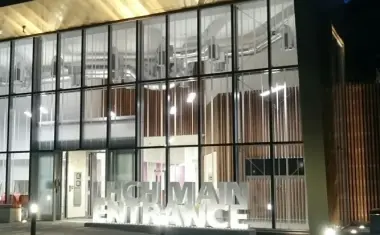
Liverpool Heart and Chest Hospital Transforms Security with Verkada’s Hybrid Cloud Technology
NHS Trust boosts safety and efficiency with Verkada’s cloud-managed cameras and AI-powered incident response
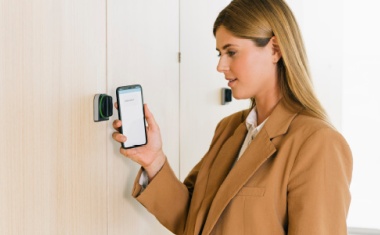
Assa Abloy's battery-powered Aperio KL100 secures lockers
Boost workplace security and operational flexibility by securing more than just doors.

Is Your Venue Ready for Martyn’s Law?
Martyn’s Law demands stronger security by 2027. Is your venue prepared to protect and respond?

Security management, building security & perimeter protection: the winners of category E at the GIT SECURITY AWARD 2026
GIT SECURITY AWARD 2026: Security management, building security & perimeter protection - an overview of the most innovative solutions






